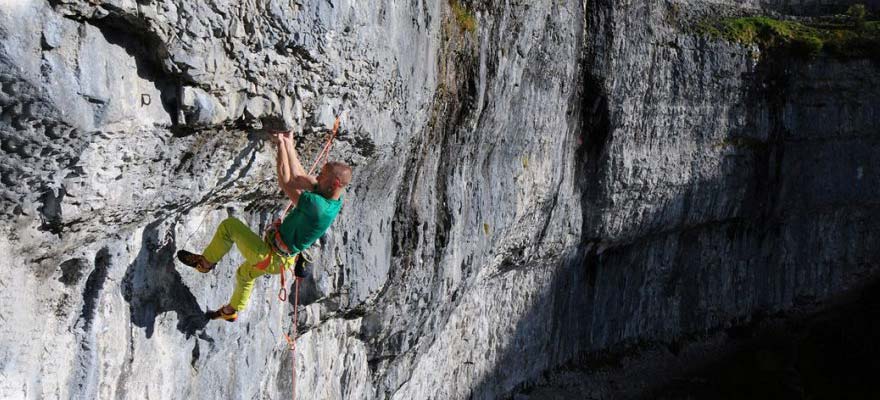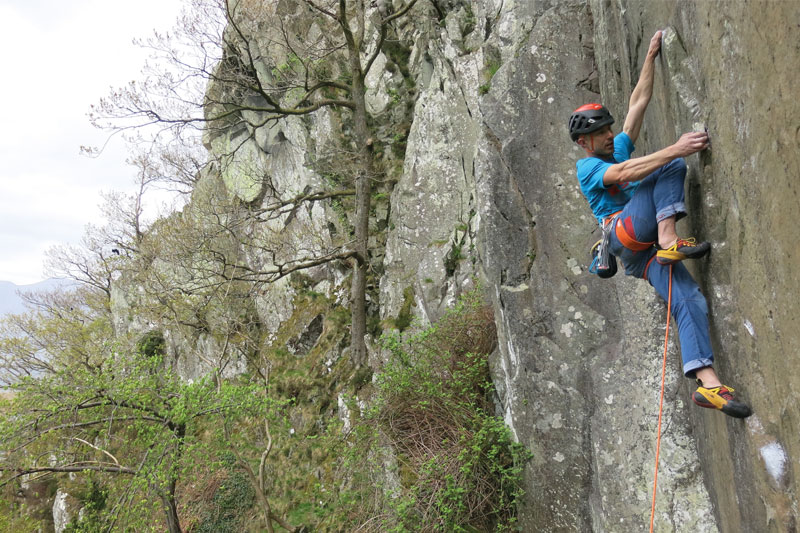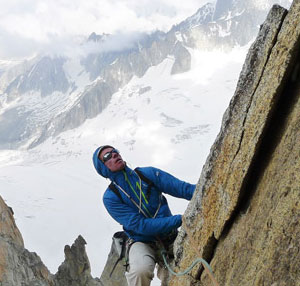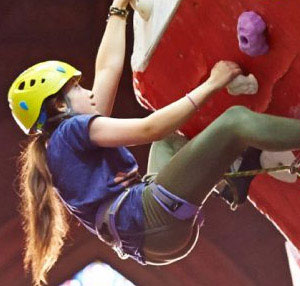Top 5 Ways To Improve Your Climbing

Words: Neil Gresham
For many, climbing is more than just a sport or a hobby; it has a habit of taking over our entire lives! It can be thrilling to stumble upon climbing with most people quickly finding themselves addicted and hungry to improve.
There is a wealth of training information out there online, yet it is surprisingly difficult to distil this into a simple doctrine. So for those who are keen to cut to the chase and crush, here is a collection of some of my tastiest tips.
1 EMPHASISE QUALITY AND VARIETY
Don’t over-do it. Climbing differs notably to aerobic sports and weight training where the mantra ‘no pain, no gain’ prevails. Climbing places strain on small fragile tendons and the common mistakes are doing too much or going too-fast-too-soon.
Three or four high-quality two-hour sessions a week with good recovery in between will always produce better results than going 5 or 6 times and thrashing away. If you’re new to the sport then stay away from fingerboards and campus boards and focus on gaining technique by climbing on different holds and on angled-walls. Be wary of spending too long sieging projects especially on overhangs (which place more load on the arms) and instead, aim to climb a volume of problems (say 20-30 each session).
There’s no need to give training a second thought unless you’ve been climbing at least a year. In contrast, if you get too strong, too quickly you will find it much harder to learn techniques afterwards. If you’ve been climbing for a while then try splitting your climbing into ‘phases’ of say a month in length, where the aim is to work more on either strength or endurance but keep all plates spinning and avoid focusing exclusively on one thing, or your gains will be offset by losses in other areas.
2 GET STRONG
Being strong for climbing does not mean being good at weights. The best method is bouldering, with some supportive fingerboard work for those who are ready. As a rule of thumb, you should have at least 2 years experience and be climbing at least V4 before using a fingerboard.
With bouldering sessions, try to work on overhanging problems but note that finger strength is the priority so don’t go too steep.
With fingerboards, the most important grip to focus on is the half-crimp (fingers bent at 90 degrees). Hang and aim to hit failure between 5 and 10 seconds and do 3 – 6 sets, subject to time and ability. You can do arm and core work at the end of climbing sessions but don’t do deadhangs if your fingers are already tired from climbing.
 Neil on-sighting The Devil’s Alternative E6 6b at Shepherd’s Crag
Neil on-sighting The Devil’s Alternative E6 6b at Shepherd’s Crag
3 AVOID INJURY!
Always warm-up by doing some light cardio and mobility exercises (such as arm swings and hip circles) then build progressively up through the grades. Never jump from easy to hard without doing mid-grade stuff as a stepping-stone.
Do some supportive conditioning work to train your antagonist (opposition) muscles and prevent injuries that are associated with muscular imbalances. Key exercises are press-ups and finger extensions (using an elastic forearm extensor trainer). Do this a minimum of twice a week, either on rest days or at the end of climbing sessions.
4 DON’T FORGET ENDURANCE
Beginner climbers can fall foul of focusing on bouldering and the result is that endurance training often gets overlooked. If you wish to be good at routes then seek out a decent circuit and do laps, e.g. 20 – 40 hand moves for ‘power endurance’ (the type of fitness required for sport climbing) and 50 – 80 moves for ‘long endurance’ (the type of fitness required for trad climbing).
Do 5 or 6 circuits for power endurance or 3 or 4 circuits for long endurance with rest times roughly equal to climbing time. Try to keep the difficulty level fairly constant and avoid going to ‘failure’ until the last couple of climbs.
5 MAXIMISE SKILLS AND KEEP YOUR HEAD IN GEAR!
These days the disconnect between indoor and outdoor climbing seems greater than ever and the biggest challenge is adapting your skills to the rock. Use your warm-up climbs to focus on ‘technique drills’; e.g: precise feet, straight arms, relaxed grip, fluid movement and deep breathing.
Try to visit climbing spots and expose yourself to as much variety as possible rather than ‘lapping’ the same old stuff. If possible, try to train endurance on a leading route to keep the associated skills (clipping, resting etc.) topped up and help you to keep your head in gear.
Above all else, remember to enjoy the process as you are most likely to improve when you’re having fun!
Neil Gresham is one of Britain’s best known all-rounders. He has climbed E10 and F8c+/9a and WI7 and has been at the forefront of coaching for 25 years. Neil is a technical representative for La Sportiva, Petzl and Osprey








